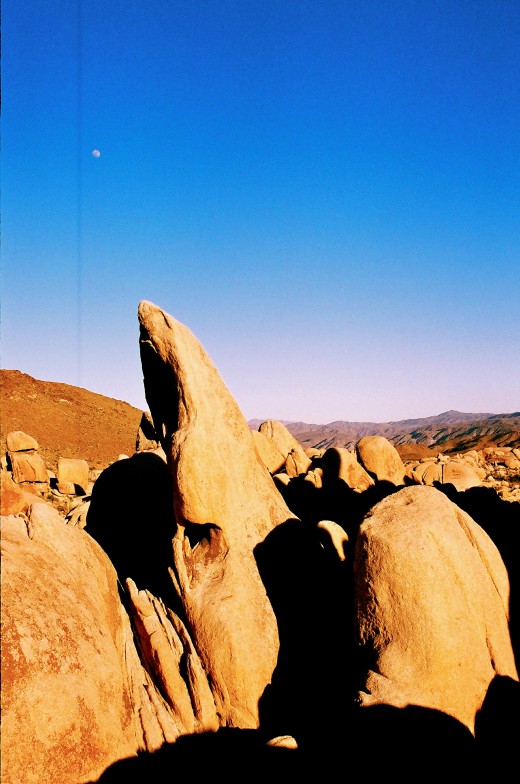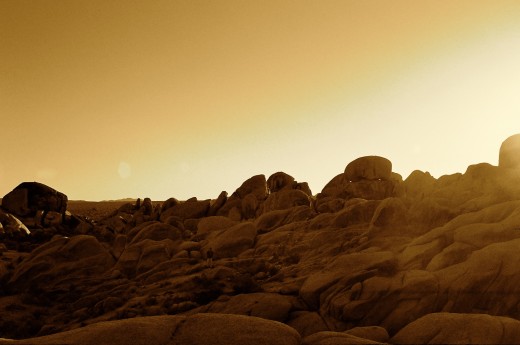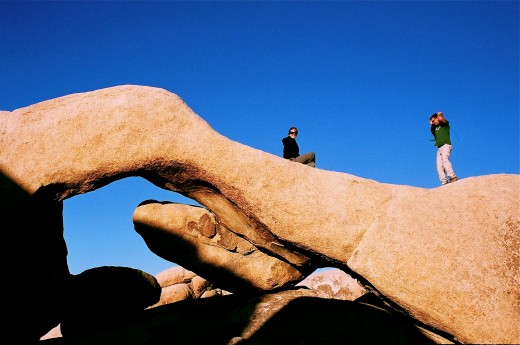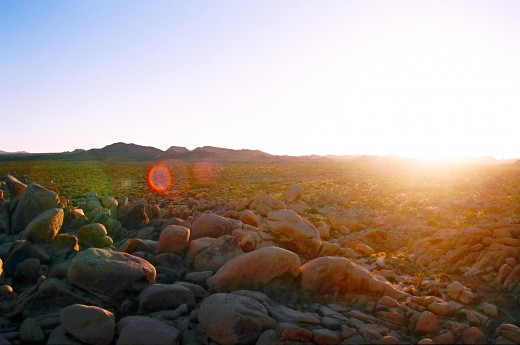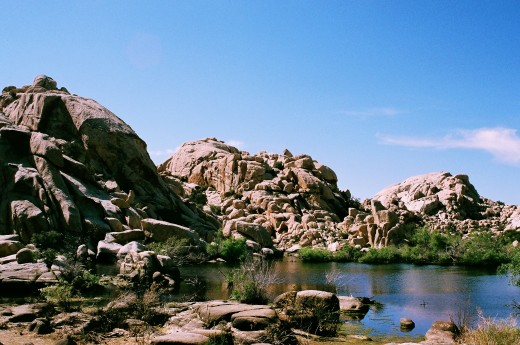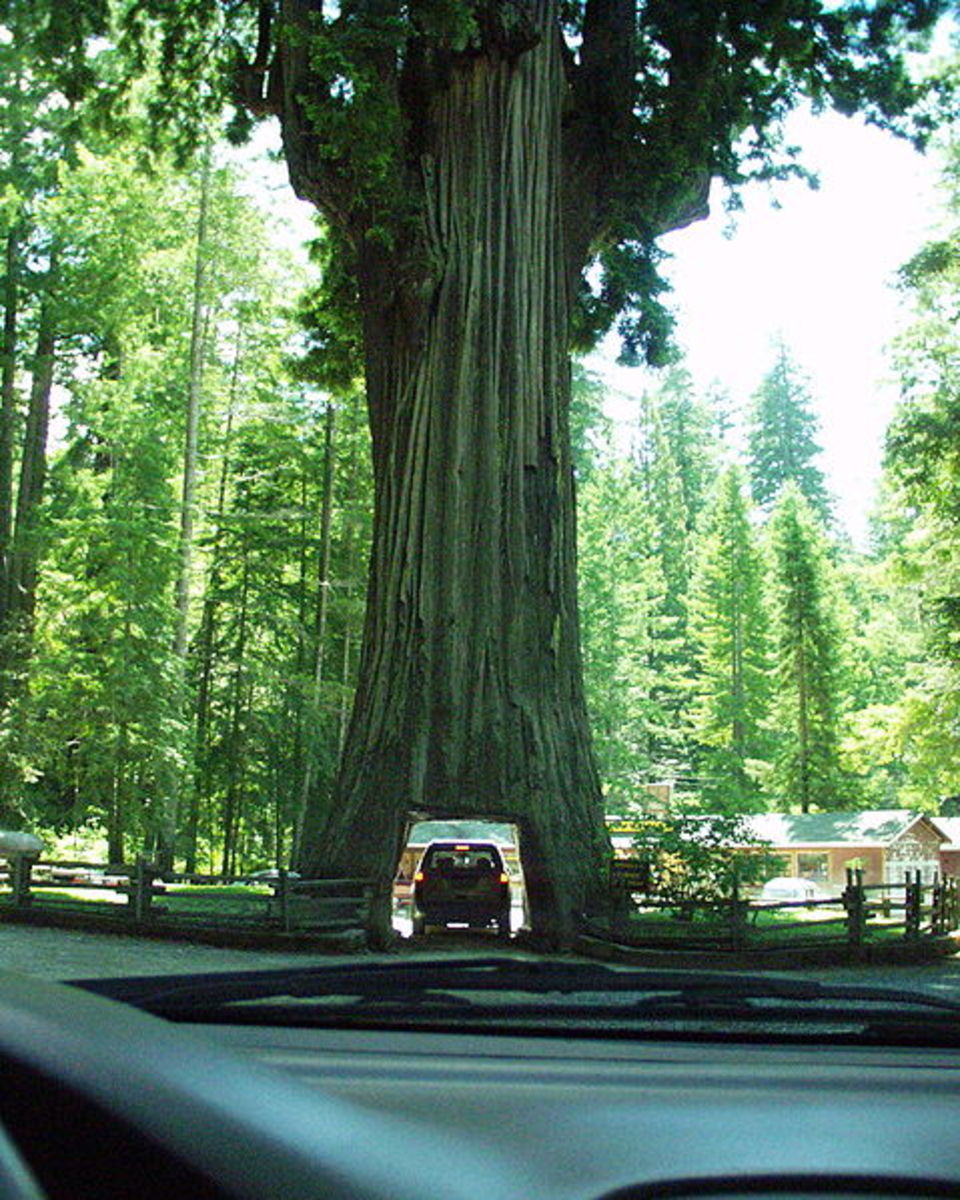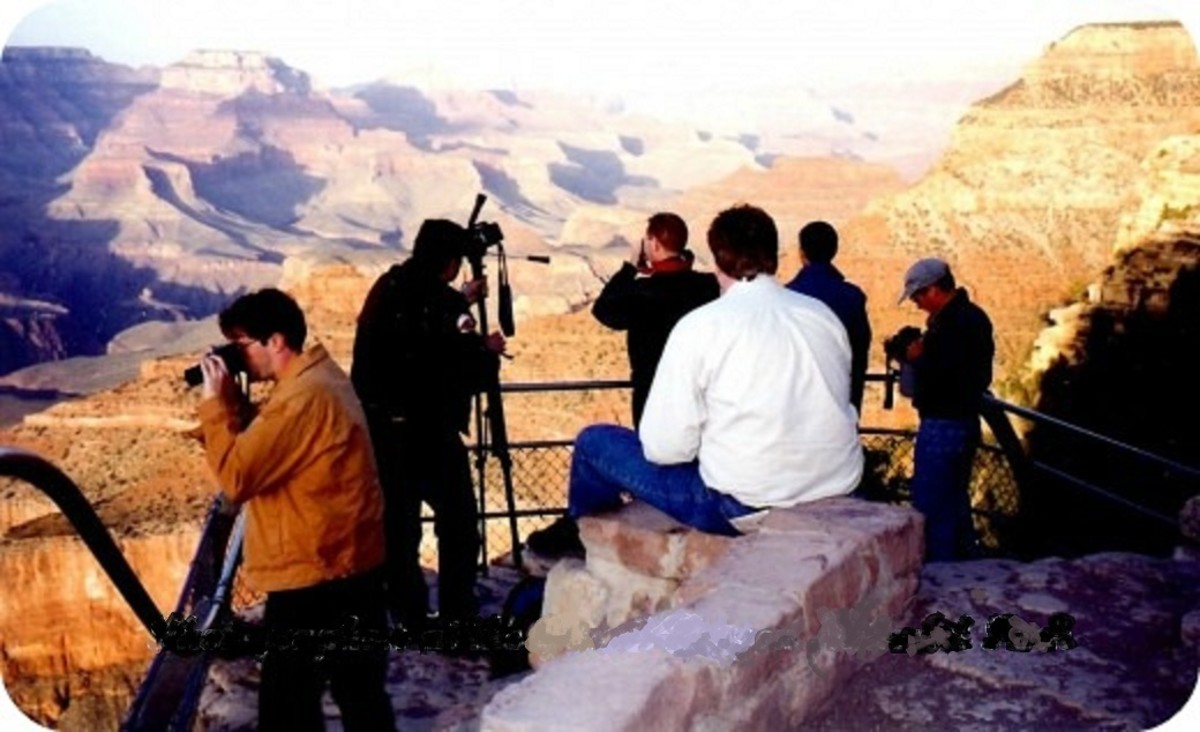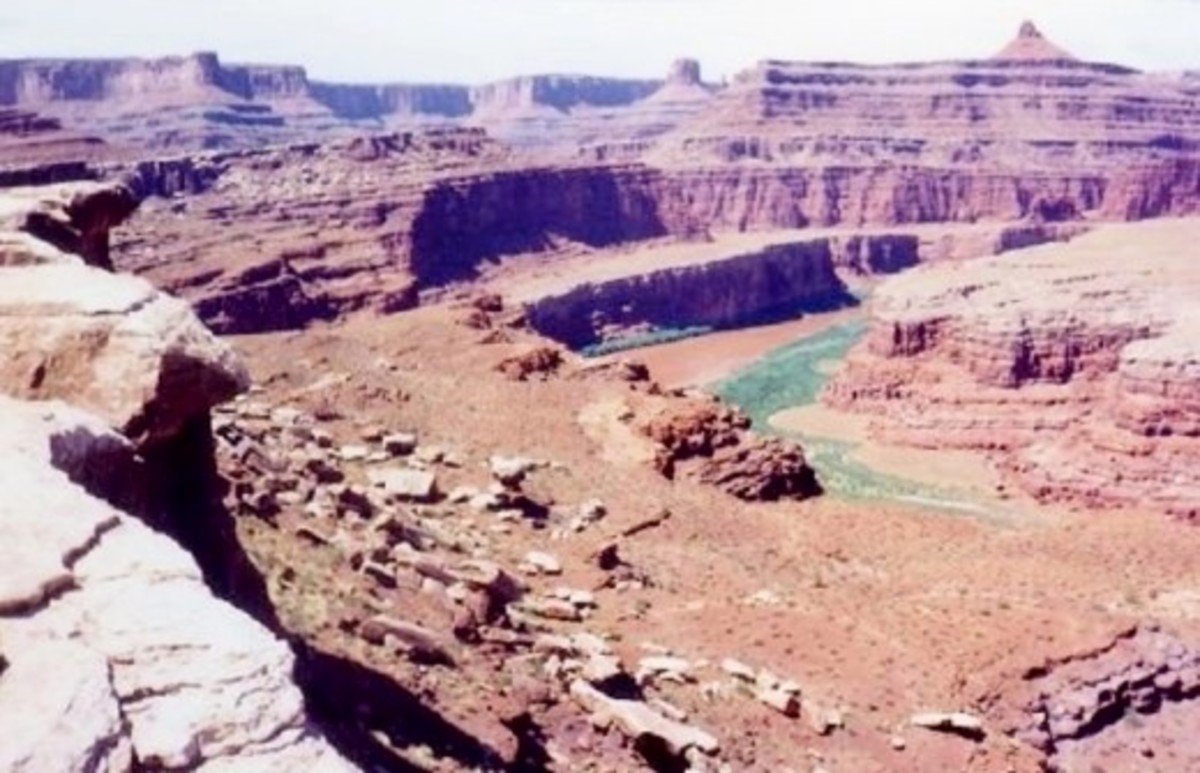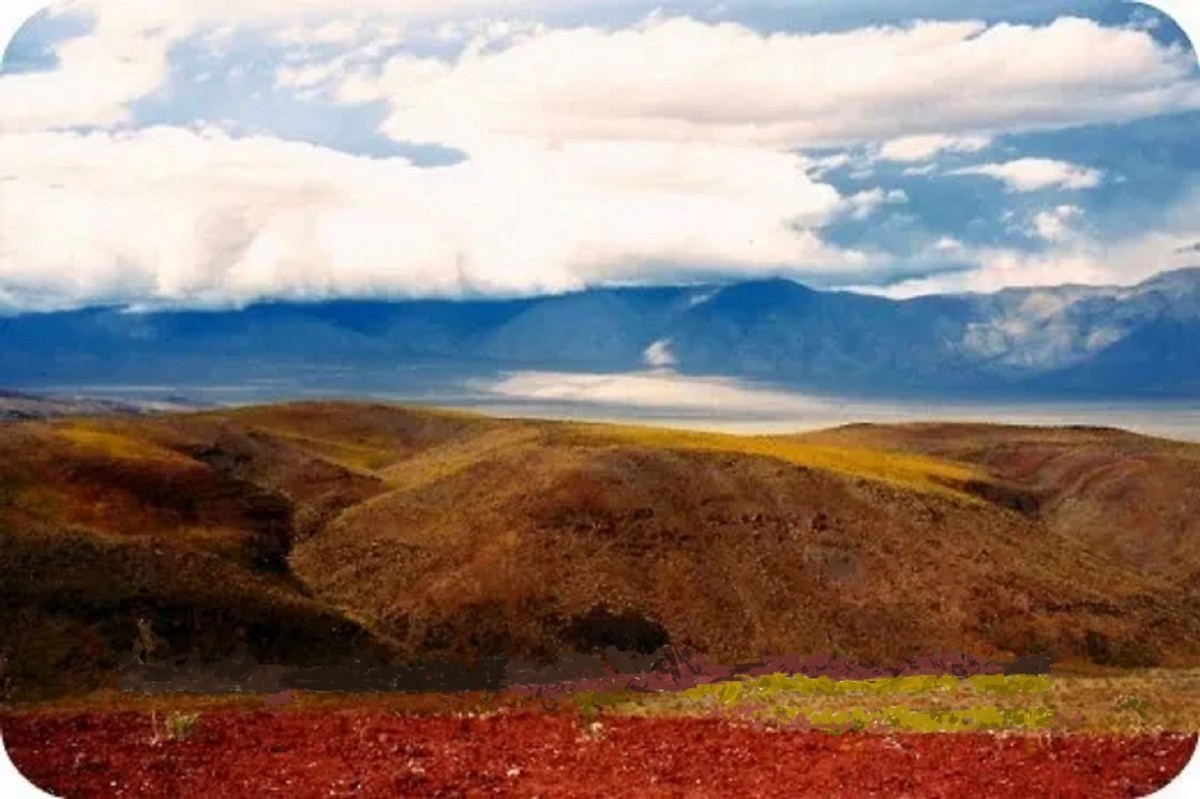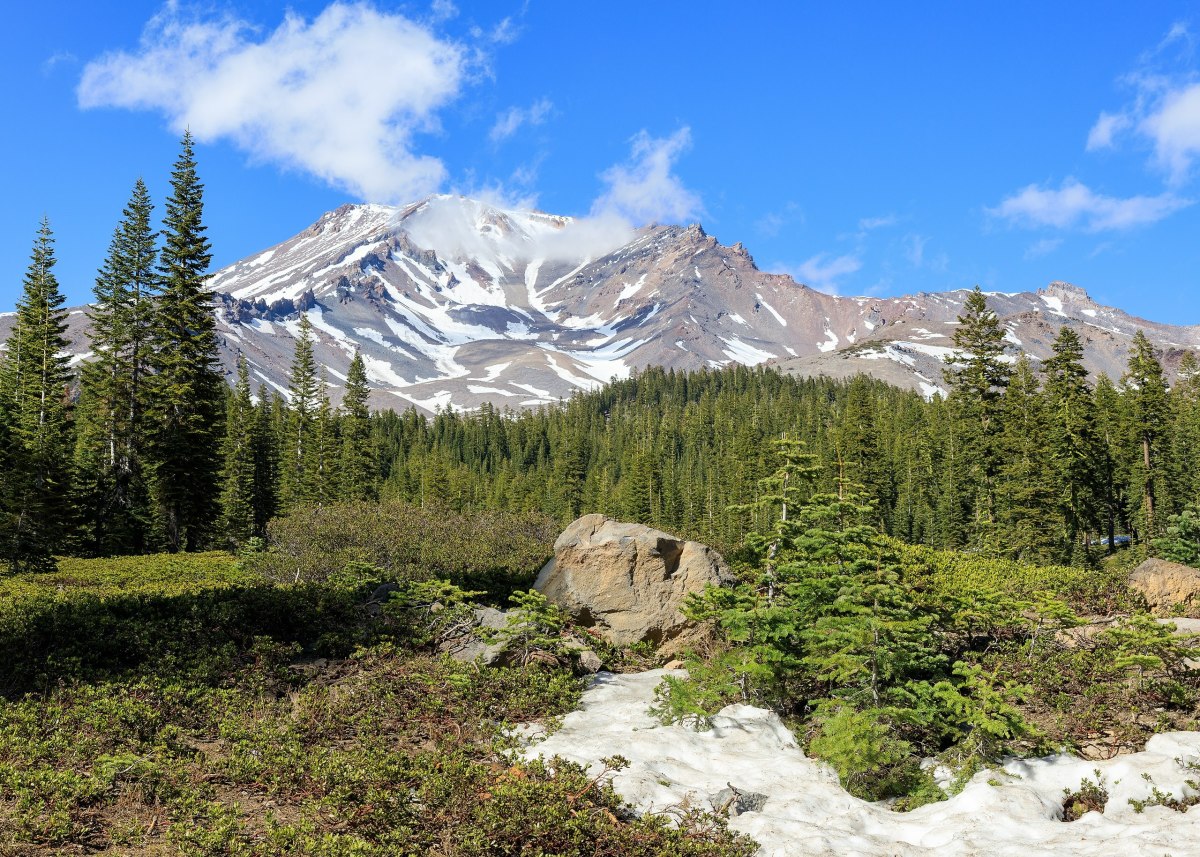- HubPages»
- Travel and Places»
- Visiting North America»
- United States
Visit Joshua Tree National Park
Joshua Tree
The U.S. National Parks are the few, relatively untouched gems, of the United States. The National Park Service was founded in 1916, and has allowed for the public to enjoy various protected environments across the U.S. ever since. Joshua Tree National Park was declared a US National Park in 1994, ever since the California Desert Protection Act. It is located 140 miles east of Los Angeles, California (about a 2 hour drive). Joshua Tree National Park is made up of two converging deserts; the Mojave Desert (at elevations above 3,000 ft) and the Colorado Desert (at elevations below 3,000 feet above sea level). The entire park spans a total of 794,000 protected acres. Hiking amongst the Joshua Trees, camping, climbing giant rock boulders, and admiring the desert landscape are all reasons that thousands of people from around the world visit the park every year.
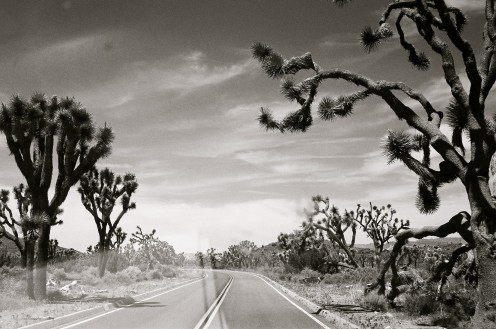
The tree of life
The Joshua Tree (Yucca brevifolia), also called the tree of life, is a member of the yucca family. The Joshua Tree, for which the park is named, is essential to life in the high desert ecosystem. It has managed to not only survive in the harsh desert climate, but flourish, and it helps others do the same. In some way or another, the tree is used by nearly every desert dwelling creature, including the Cahuilla Indians who once called this place home. For example, The Ladder-backed woodpecker makes it's home in the trunk of the Joshua Tree. Scott's oriole use it's limbs as a safe place to build a nest for it's chicks. The Red-tailed hawk perches in it's branches while looking for Desert spiny lizards around the trees trunk. Once the Joshua Tree dies and falls to the ground, the decaying tree becomes home to rodents like the Desert woodrat. Termites eventually finish the job of decomposition, and a new Joshua Tree sprouts in it's place. Even the Cahuilla Indians used the leaves to make things like baskets and sandals, while the seeds and flower buds were used for food. The Joshua Tree is not only an iconic plant of the high desert, but crucial to the survival of all creatures that live in it.



Immovable boulders?
The giant rock formations scattered throughout the park make one feel as if they have been transported to the moon, or to the set of a Star Wars film. As a friend of mine once said, "it's like God was eating a big cookie, and all the crumbs landed out here." Are these standing boulders left from years of erosion, a giant earthquake, some random occurrence, or just God's cookie crumbs? The reality is, these giant rock formations aren't random at all, but a geological phenomenon. The rock piles were formed underground eons ago. Due to rising molten magma underneath, the rocks (monzogranite) were forced upwards over periods of millions of years. Eventually, the granite broke through to the surface. Which brings us to present day. This geological process has lead to heaps of extremely old monzogranite scattered across the land like giant cookie crumbs, while newer sediment rests around it. Today, we enjoy climbing to the top of these giant rock formations, or admiring their beauty from below.
While sitting atop a giant boulder, it's difficult to imagine that it won't be there forever. Even though these giant rocks were created over millions of years ago through geological processes, they are still continually changing. Erosion of the rock will continue. Rain water will seep into the cracks, causing them to expand and contract with temperature variation. Minerals in the rock will dissolve. Large and small chunks of rock will fall, exposing new pieces of rock to the elements. Strong winds will help wear away at the rock, as well as other forces in this desert environment. Then one day, the rock formations you see today will be replaced with other new and unique forms. Proving once again that nothing is constant, and change is inevitable. Even for a rock.



Have you visited Joshua Tree National Park?
Planning a Trip?
Getting to Joshua Tree National Park:
Joshua Tree is located in southern California, just past Palm Springs. There are 3 entrances: the south entrance off of I-10, the west entrance off of Highway 62, and the north entrance which is also off of Highway 62.
Driving Distances and Time:
From Palm Springs: 35 miles. 45 minutes
From Los Angeles: 130 miles. 2-3 hours
From San Diego: 160 miles. 3-4 hours
From Las Vegas: 230 miles. 4-5 hours

